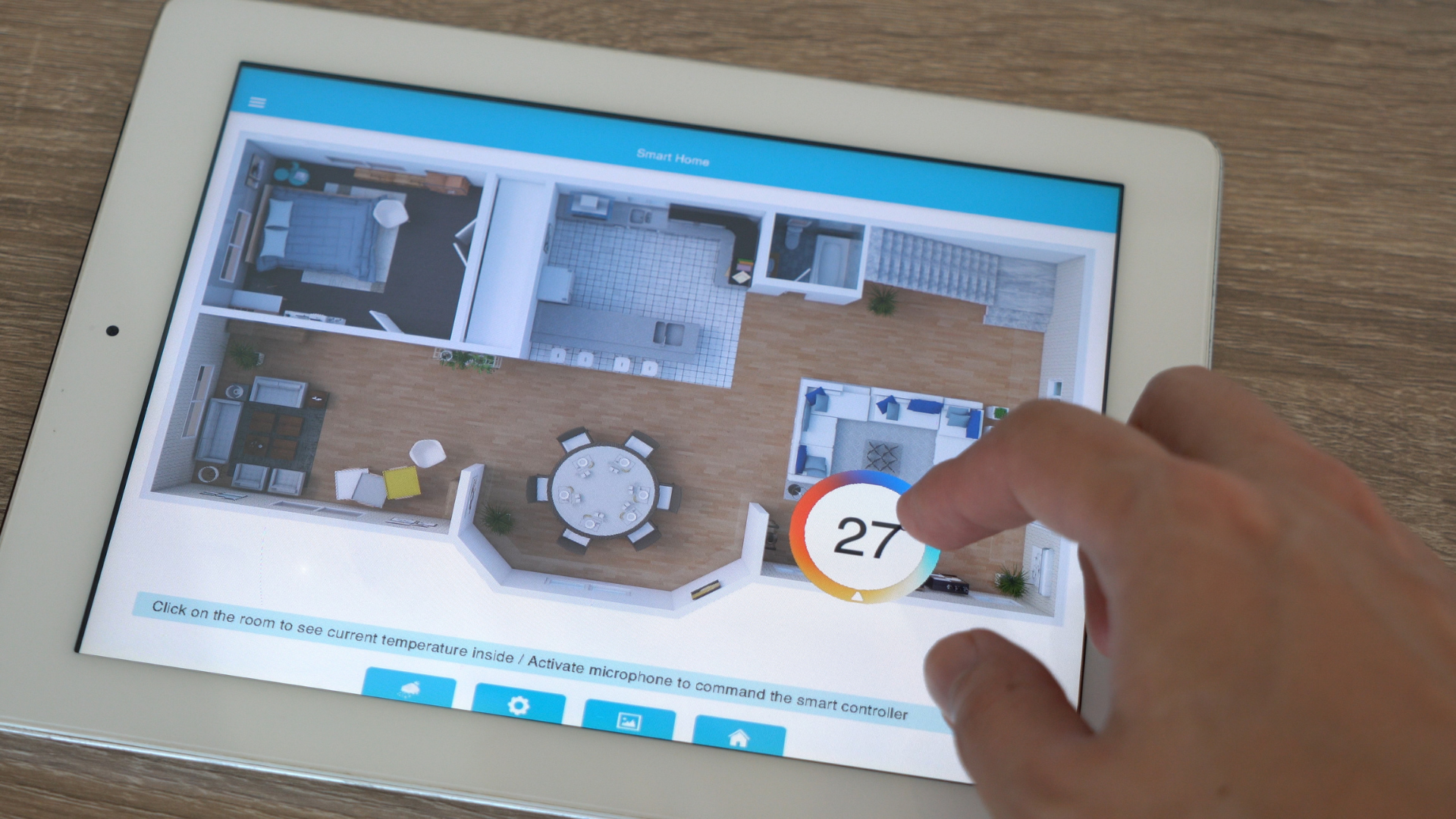As smart homes become more prevalent, it’s important to know that there are ways to prevent them from being hacked. The most important part of keeping your home secure is keeping track of all devices connected to your network, making sure they’re all using the most up-to-date software and firmware, and using strong passwords.
Your smart home is pretty cool, but so is hacking it. Hackers can manipulate technology so that your home does what they want it to do. For example, they can turn on your lights, unlock your door, or activate your surveillance cameras. (You didn’t think they were always watching, did you?) A hacker can also cause your devices to malfunction or lock you out of your own home. As a hacker, it’s your job to outsmart them.
Here’s How to Keep Your Smart Home from Hacking:
- Switch Default Username.
Hackers are a problem, but they’re not the only ones. Smart home devices are, too, and they’re just as vulnerable to hacking, too. Fortunately, you can limit the damage to your smart home devices by adjusting your WiFi network settings to make them more secure. Luckily, most smart home manufacturers provide device-specific security instructions. Many smart home devices use passwords, and users often don’t think twice about changing them after being compromised. But hackers are so adept at figuring out passwords that it’s not a good idea to do so, especially if the default username or password is the same for the device as for anything else on your network. Simply changing the password isn’t enough since hackers can still easily guess the password by looking for common ones used in other passwords. To make it harder for hackers, change the default username to something else.
- Select Devices Wisely.
Smart home security has become more and more important as smart home devices have become more common. The problem is that hackers, such as Mirai, can compromise a smart home and wreak havoc on your home. Smart home devices are susceptible to hacking for two reasons. First, the devices often support open platforms and thus are easy targets for hackers. Second, devices are often designed to be compatible with other devices, so hackers can create devices that exploit vulnerabilities.
- Install A Two-Factor Authentication.
When you log into your smart device, you need to remember a password and PIN. But hackers and cybercriminals are increasingly using sophisticated techniques to get into people’s devices. One method is called “brute force,” where criminals repeatedly try to guess a password until they get it right. Another is the “man in the middle” attack, where criminals steal your login credentials from someone else (like at a Wi-Fi hotspot) and then use them to hack into your home network. And there’s always the “social engineering” attack, where a hacker tries to get you to reveal sensitive information like a password or PIN. A smart home lets you control appliances, locks, lights, and thermostats, right from an app on your phone. But if you don’t properly secure your smart home, it can be vulnerable to hackers. As an alternative, you could use Gate Entry System, which the hackers might not be able to access. You manage the entry by connecting your home security system with mobile devices, and an intercom system, in which the doors might not open without the owner’s permission. That’s why it’s so important to lock down your smart home with two-factor authentication.
- Make Use of Strong Passwords.
Increasingly, smart home gadgets use Wi-Fi to control other devices, so hackers often concentrate on gaining access to Wi-Fi routers. Since most homes have at least one Wi-Fi router, hackers can intercept commands that control appliances and security devices. Consumers can reduce the risk of hacking by keeping the router’s firmware up to date and using the password strength checker to ensure that passwords are strong enough.
- Inspect App Permissions.
The smart home is getting more and more popular, and with that, the bad guys are also looking to cash in on the profits. Hackers know that smart home devices have tons of potential to wreak havoc, so they’re trying to get in. To stop them, you need to review your app permissions and make sure that your smart home devices aren’t sharing too much information with strangers over the internet.
The smart home is the future. There are ads and articles about home automation, smart homes, and artificial intelligence everywhere you look. But, before diving headfirst into smart home technology, it’s imperative you make it a priority to protect your family’s privacy. Hackers love smart home devices since they’re loaded with valuable biometric data, personal photos, and documents. With a connected home, criminals can easily hack in and enter the home undetected.
Hackers are everywhere, and with more and more everyday gadgets in our homes, there are more and more opportunities for them to be compromised. This likely won’t come as a surprise to you, but your home is probably one of the easier places to hack. Security experts warn that hackers can plant malware through smart TVs, thermostats, and door locks, and they’ve all figured out how to hack smart security cameras.





